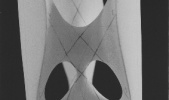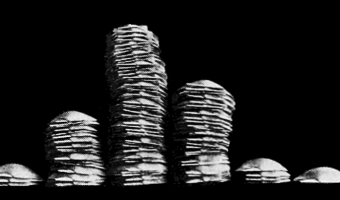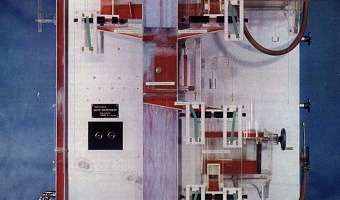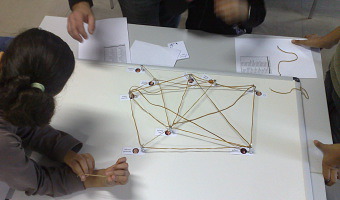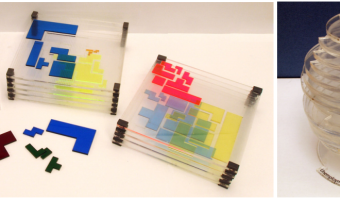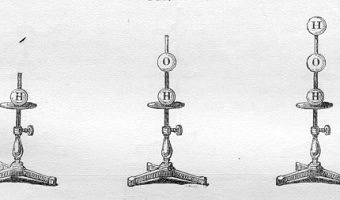
August Wilhelm Hofmann was the first to introduce physical representations of molecules into lectures during his Friday Evening Discourses presentation "On the Combining Power of Atoms" at London's Royal Institution of Great Britain in . He introduced a colored set of four croquet balls to represent atoms (hydrogen, oxygen, chlorine and nitrogen), implanted with a fixed number of sticks corresponding to each atom's valence. Thus we distinguish the chlorine atom as univalent, the atom of oxygen […]
August Wilhelm Hofmann was the first to introduce physical representations of molecules into lectures during his Friday Evening Discourses presentation "On the Combining Power of Atoms" at London's Royal Institution of Great Britain in . He introduced a colored set of four croquet balls to represent atoms (hydrogen, oxygen, chlorine and nitrogen), implanted with a fixed number of sticks corresponding to each atom's valence. Thus we distinguish the chlorine atom as univalent, the atom of oxygen as bivalent, that of nitrogen as trivalent, and lastly the carbon atom as quadrivalent. - this I believe I can show you by a very simple contrivance. I will on this occasion, with your permission, select my illustration from that most delightful of games croquet. Let the croquet balls represent our atoms, and let us distinguish the atoms of different elements by different colours. The white balls are hydrogen, the green ones chlorine atoms; the atoms of fiery oxygen are red, those of nitrogen, blue; the carbons atoms, lastly, are naturally represented by black balls. But we have, in addition, to exhibit the different combining powers of these atoms. This we accomplish by screwing into the balls a number of metallic arms (tubes and pins), which correspond respectively to the combining powers of the atoms represented, and which, while constituting an additional feature of distinction, enable us at the same time to join the balls and to rear in this manner a kind of mechanical structures in imitation of the atomic edifices to be illustrated." (Extracts from Proceedings of the Royal Institution, 4, 401-430) Interestingly, while physical representations, Hofmann had the models built so that they were two-dimensional representations of molecules. It's only in the mid 70s that 3-dimensional models emerged. Sources: J. Michael McBride Models and Structural Diagrams in the 1860s Wikipedia August Wilhelm von Hofmann


